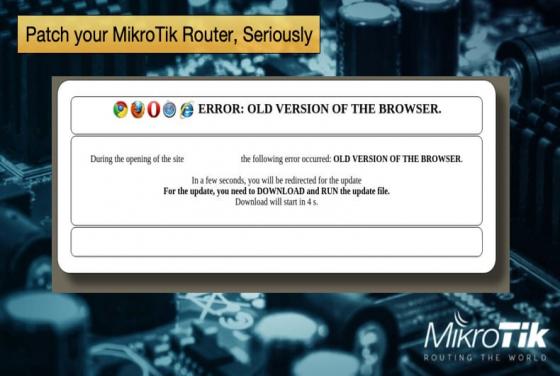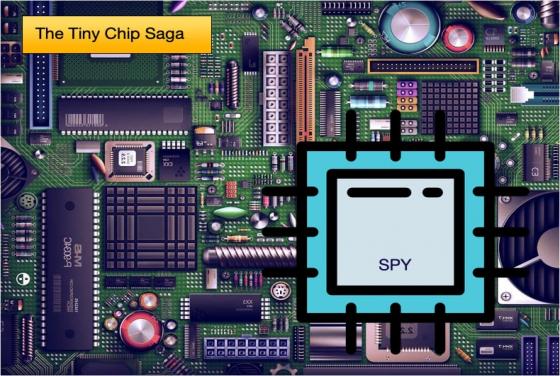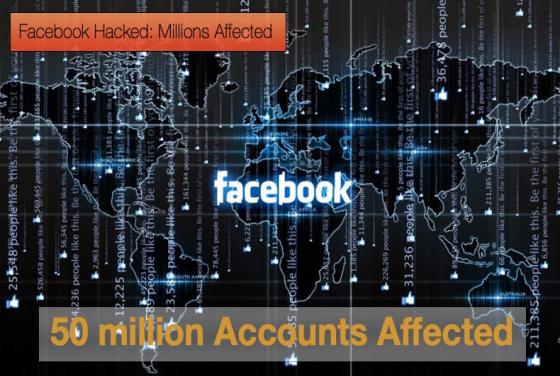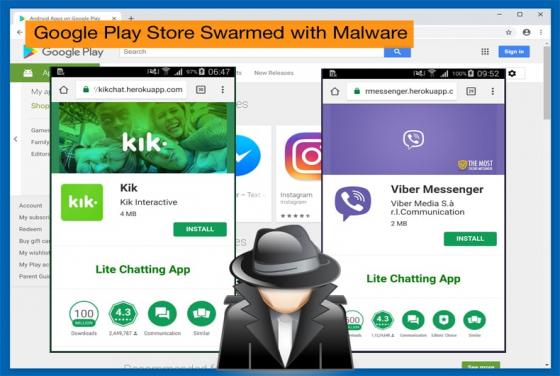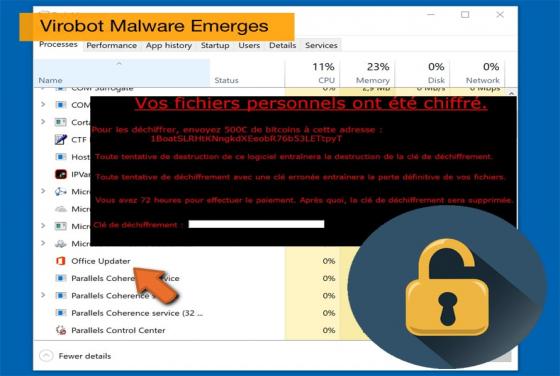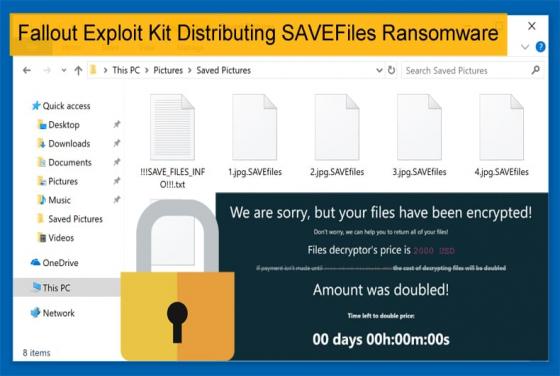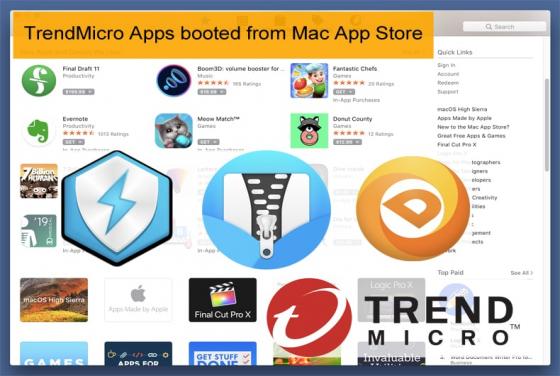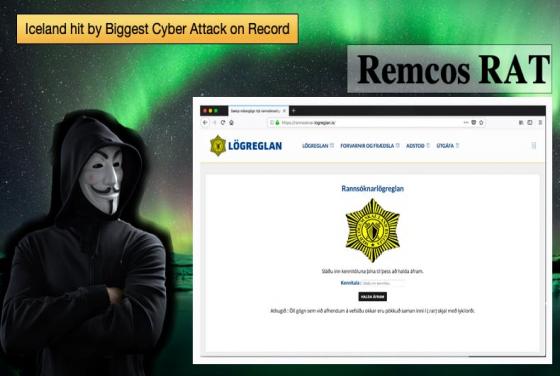

Iceland hit by Biggest Cyber Attack on Record
The small island nation, known for its small population and giant-slaying football team, hardly ever makes the headlines in cybersecurity publications. That was until October 12, when cybersecurity news sites began publishing articles detailing how Iceland had just experienced its biggest attack yet
